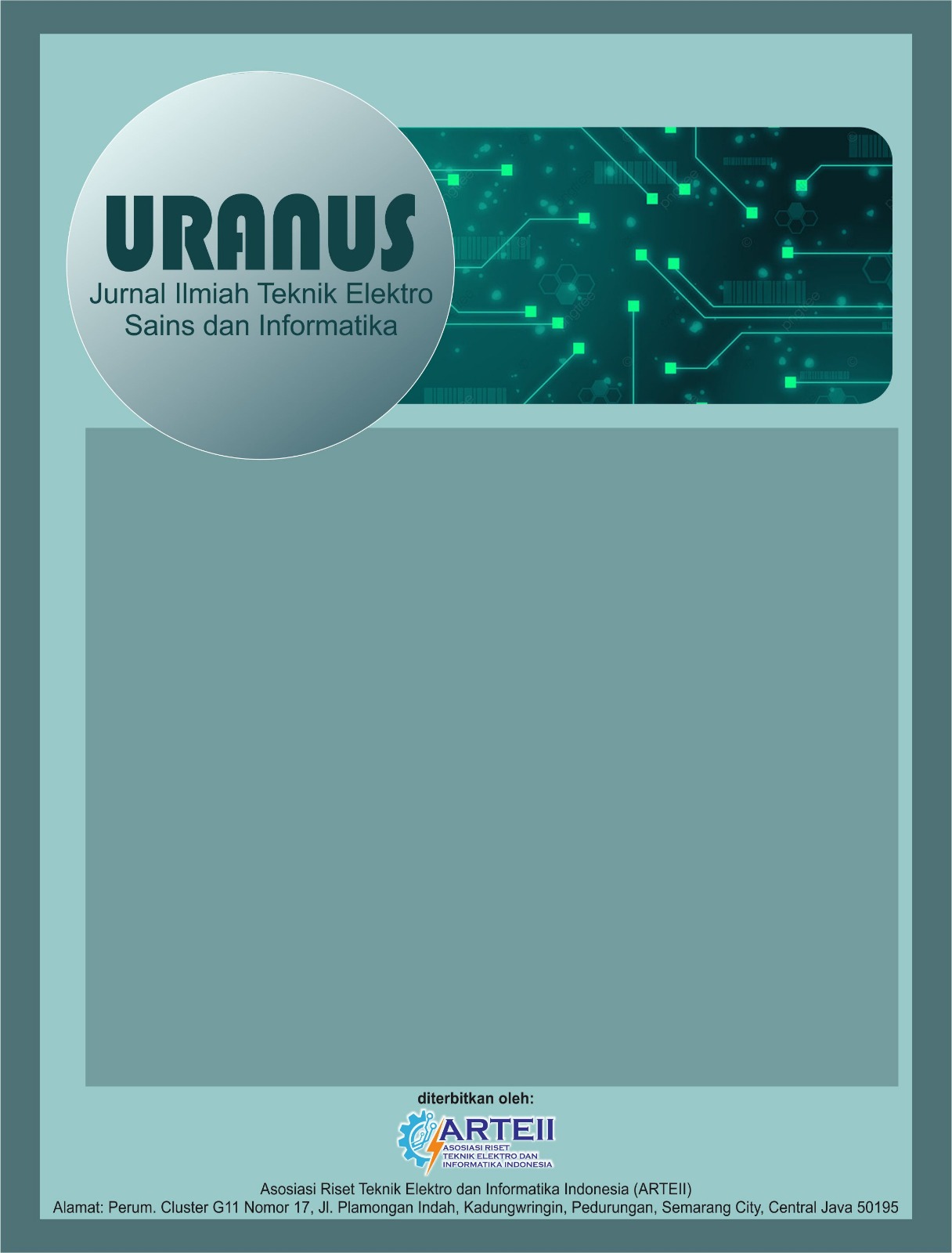Pendekatan Metode Lean Startup dalam Menganalisa Kepuasan Pelanggan pada Menu Masakan “Rajanya Seafood”
DOI:
https://doi.org/10.61132/uranus.v2i4.489Keywords:
Costumer Satisfaction, Lean Startup, Rajanya SeafoodAbstract
This study aims to evaluate customer satisfaction with the menu offerings at "Rajanya Seafood" using the Lean Startup approach. This method was chosen because it enables businesses to develop products that better meet customer needs and preferences through rapid experimentation cycles, continuous feedback, and regular updates. Research data was collected through direct surveys of "Rajanya Seafood" customers, focusing on aspects such as taste quality, menu variety, pricing, and service. The collected data was analyzed to identify areas needing improvement as well as potential innovations to enhance customer satisfaction. The study results indicate that the Lean Startup approach is effective in quickly understanding and responding to customer needs, thus contributing to increased customer loyalty and satisfaction. These findings are expected to serve as a reference for "Rajanya Seafood" and other culinary businesses in applying the Lean Startup strategy to achieve optimal customer satisfaction levels.
References
Ahmad, T. S. (2024). Tantangan dan peluang dalam dunia start up. Indonesia Journal of Multidisciplinary, 2(1).
Amran, T. G., Dewobroto, W., & Guntoro, A. H. (2020). Rancangan model bisnis produk puzzle splint dengan metode lean startup. Jurnal Teknik Industri, 9(3), 204–211.
Creately.com. (2008–2023). Empathy Map. Diakses pada 8 November 2023, dari https://creately.com/usage/empathy-map-templates/.
Dewobroto, W. S., & Marie, I. A. (2017). Pendekatan lean startup pada desain produk dan teknik perancangan fasilitas pada kondisi iklim bisnis yang penuh dengan ketidakpastian.
Harianto, E. (2018). Implementasi lean canvas pada entrepreneurial project startup bisnis. BIP’s Jurnal Bisnis Perspektif, 10(1), 1–16. https://doi.org/10.37477/bip.v10i1.49
Hart, M. A. (2012). The Lean Startup: How today’s entrepreneurs use continuous innovation to create radically successful businesses (E. Ries). New York: Crown Business. https://doi.org/10.1111/j.1540-5885.2012.00920_2.x
Jaya, M. A., Ferdiana, R., & Fauziyati, S. (2017). Analisis faktor keberhasilan startup digital di Yogyakarta. Prosiding SNATIF, 4(1), 167–173. Diakses dari https://jurnal.umk.ac.id/index.php/SNA/article/view/1261.
Leanfoundry.com. (2023). LEANFoundry. Diakses pada 7 November 2023, dari https://www.leanfoundry.com/tools/lean-canvas/.
Nsafe, E., et al. (2021). Peran startup digital pembelajaran dan karir dalam perkembangan sumber daya manusia untuk mendukung perekonomian Indonesia. National Seminar on Accounting, Finance, 1(5), 156–162.
Pertanian, J. E. (2021). 1, 2, 1, 5, 442–456.
Qois, A., & Sutabri, T. (2023). Design and construction of the barbershop startup application using the lean startup method for the Palembang City area. Jurnal Informatika dan Sains: Informatika dan Sains, 13(3).
Ries, E. (2011). Lean startup book 02.
Siddiqi, M. F. (2016). Implementasi bisnis model software as a service (SaaS) di startup Ubaform.
Sis.binus.ac.id. (2021). Javelin Board. Diakses pada 9 November 2023, dari https://sis.binus.ac.id/2021/04/09/validasi-ide-bisnismu-menggunakan-javelin-board/.
Siwalankerto, J. (2021). Perlengkapan hotel dengan menggunakan pendekatan Vionny Novetta. Jurnal Ilmiah, 9(2).
Sutabri, T. (2012). Analisis sistem informasi. Yogyakarta: ANDI.
Tahwin, M., & Widodo, A. (2020). Perancangan model bisnis menggunakan pendekatan business model canvas untuk mengembangkan usaha kecil menengah. Fokus Ekonomi: Jurnal Ilmiah Ekonomi, 15(1), 154–166. https://doi.org/10.34152/fe.15.1.154-166
Wediawati, T., & Rahmayani, E. F. (2021). Implementasi lean canvas pada startup dalam menghadapi persaingan bisnis barbershop. Jurnal Manajemen Bisnis, 18(1), 108–118. https://doi.org/10.38043/jmb.v18i1.2793
Yuhdi, R. (2017). Penerapan lean canvas untuk pengembangan startup Safir.
Downloads
Published
How to Cite
Issue
Section
License
Copyright (c) 2024 Uranus : Jurnal Ilmiah Teknik Elektro, Sains dan Informatika

This work is licensed under a Creative Commons Attribution-ShareAlike 4.0 International License.





